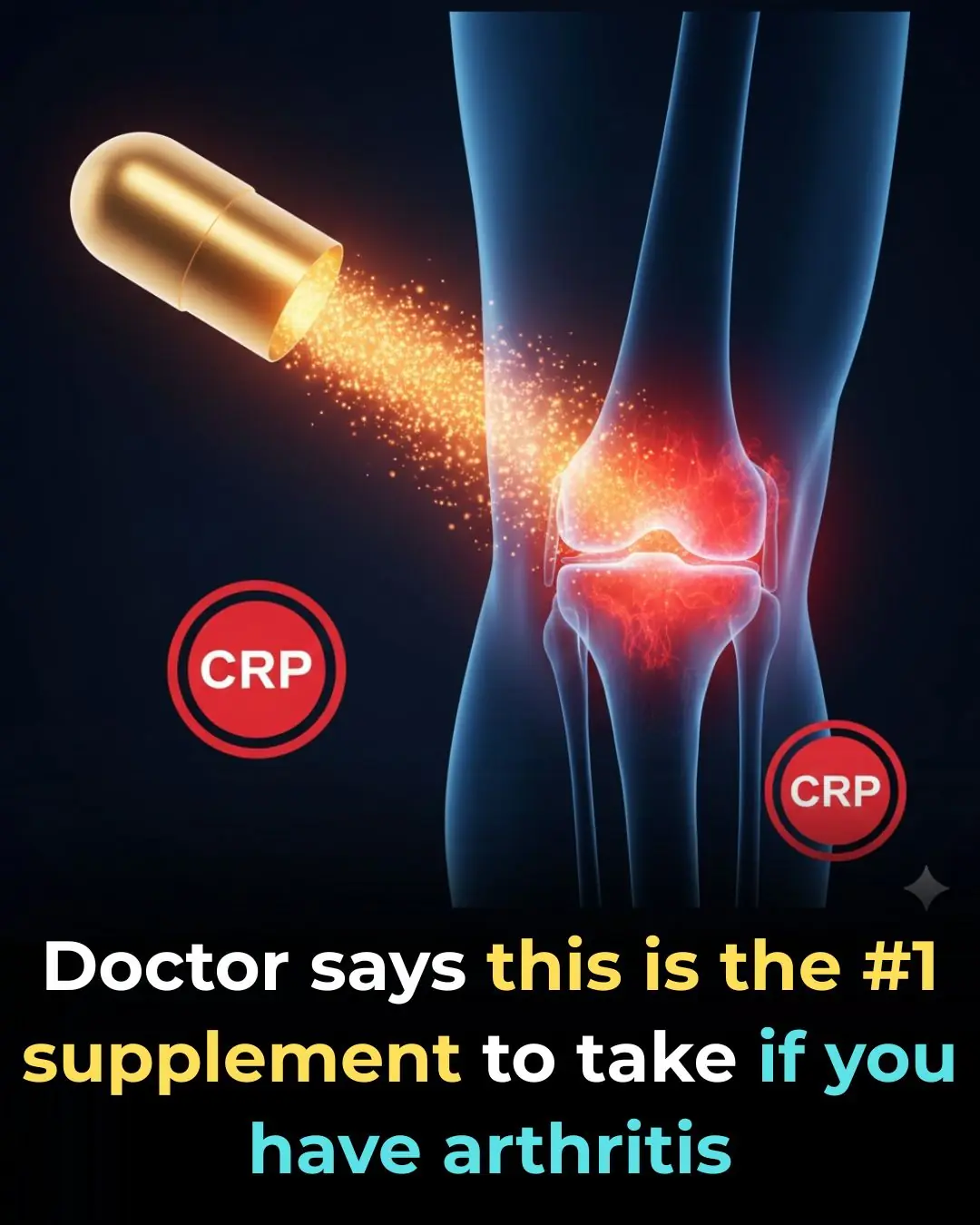
Why Your Legs Cramp At Night And How To Stop It From Happening

Nocturnal leg cramps are more than just an uncomfortable nuisance—they can jolt you awake with sharp pain, disrupt your sleep cycle, and leave lingering soreness for days. These involuntary muscle contractions, which often last only a few seconds, commonly occur in the calf muscles but can also affect the feet and thighs. While the condition is most prevalent among adults over 50, people of all ages can experience nighttime cramping.
Dehydration, electrolyte imbalances, and poor circulation are among the most common triggers. Fortunately, several simple remedies and lifestyle adjustments can significantly reduce the frequency and severity of leg cramps. Here are some highly effective ways to prevent them.
1. Increase Your Magnesium Intake
Magnesium plays a crucial role in helping muscles contract and relax properly. Because of its natural calming properties, it has long been used to reduce muscle tension and prevent cramping.
While magnesium-rich foods—such as leafy greens, pumpkin seeds, bananas, yogurt, dates, and even dark chocolate—are excellent additions to your diet, many people still fall short of getting enough through food alone. This is especially true for older adults or those under chronic stress, both of whom tend to have lower magnesium levels.
A convenient solution is magnesium oil, which is absorbed through the skin and can act quickly to relax tight muscles before bed.
How to Make Your Own Magnesium Oil
Ingredients:
-
½ cup magnesium chloride flakes
-
½ cup distilled water
Instructions:
-
Bring the distilled water to a boil.
-
Add the magnesium chloride flakes.
-
Stir until completely dissolved.
-
Remove the mixture from heat and allow it to cool.
-
Pour into a spray bottle for easy application.
How to Use It
Spray 5–10 pumps on each leg about an hour before bedtime.
Gently massage it into the skin for best results.
2. Get Enough Vitamin D Each Day
If you already eat well but still struggle with leg cramps, low vitamin D may be part of the problem. Vitamin D enables your body to absorb calcium, a key electrolyte responsible for proper muscle function and fluid balance. Without sufficient vitamin D, even a calcium-rich diet won’t be fully effective.
The easiest way to increase vitamin D is through sun exposure, yet many people live in regions or climates where sunshine is limited.
Good dietary sources include:
-
Mushrooms
-
Fatty fish like salmon and sardines
-
Egg yolks
-
Vitamin D–fortified foods
You can also talk to your healthcare provider about adding a vitamin D supplement, especially during winter months.
3. Practice Simple Stretching Exercises
Regular stretching increases circulation and delivers oxygen and nutrients to the muscles—two important factors in preventing cramps.
One of the easiest and most effective stretches is a calf stretch using a low ledge or step:
How to Do It
-
Place the ball of your foot on a ledge with your heel resting on the ground.
-
Slowly lean forward, as if pressing down on a gas pedal.
-
Hold for 2 seconds, then relax for 10 seconds.
-
Repeat 6–8 times on each leg.
You should feel a deep stretch in the calves—the area where most people experience nocturnal cramps. If you don’t have a ledge, a stack of books works perfectly.
This simple routine, especially when done before bed, helps prevent nighttime tightening of the muscles.
4. Correct Electrolyte Imbalances
While dehydration alone can cause cramps, sometimes the issue is more specifically related to an imbalance of electrolytes such as sodium, potassium, and calcium. If water alone won’t do the trick, try incorporating an electrolyte drink to replenish what your body needs.
Homemade Electrolyte Drink Recipe
To make 1 quart:
-
1 quart water
-
6 teaspoons sugar (or ¼ cup organic honey for better flavor)
-
½ teaspoon sea salt (reduce by half if using honey)
-
Juice from 1 lemon and 2 limes
Drink one full quart daily for best results. This natural mixture supports muscle function while keeping you properly hydrated.
How to Get Instant Relief During a Cramp
If a cramp strikes in the middle of the night, try these quick solutions:
✔ 1. Stretch the Muscle
Extend the cramped leg and flex your ankle upward so your toes point toward your knee. Gently pull the foot toward you for a stronger stretch.
✔ 2. Stand Up and Move
Rise slowly, walk around, and gently shake your legs to increase blood flow.
✔ 3. Massage the Muscle
Use circular motions to relax the calf or the affected area. This helps release tension and stops the cramp faster.
15 Additional Foods That Help Prevent Leg Cramps
Incorporating the following foods into your diet can support muscle health and reduce cramping:
-
Apple cider vinegar
-
Bananas
-
Nuts
-
Quinoa
-
Cacao
-
Molasses
-
Pumpkin seeds
-
Green leafy vegetables
-
Sea salt
-
Salmon and sardines
-
Dates
-
Avocado
-
Mushrooms
-
Greek yogurt
-
Tomatoes
These foods supply essential minerals such as potassium, magnesium, and calcium—nutrients your muscles rely on to contract and relax properly.
News in the same category

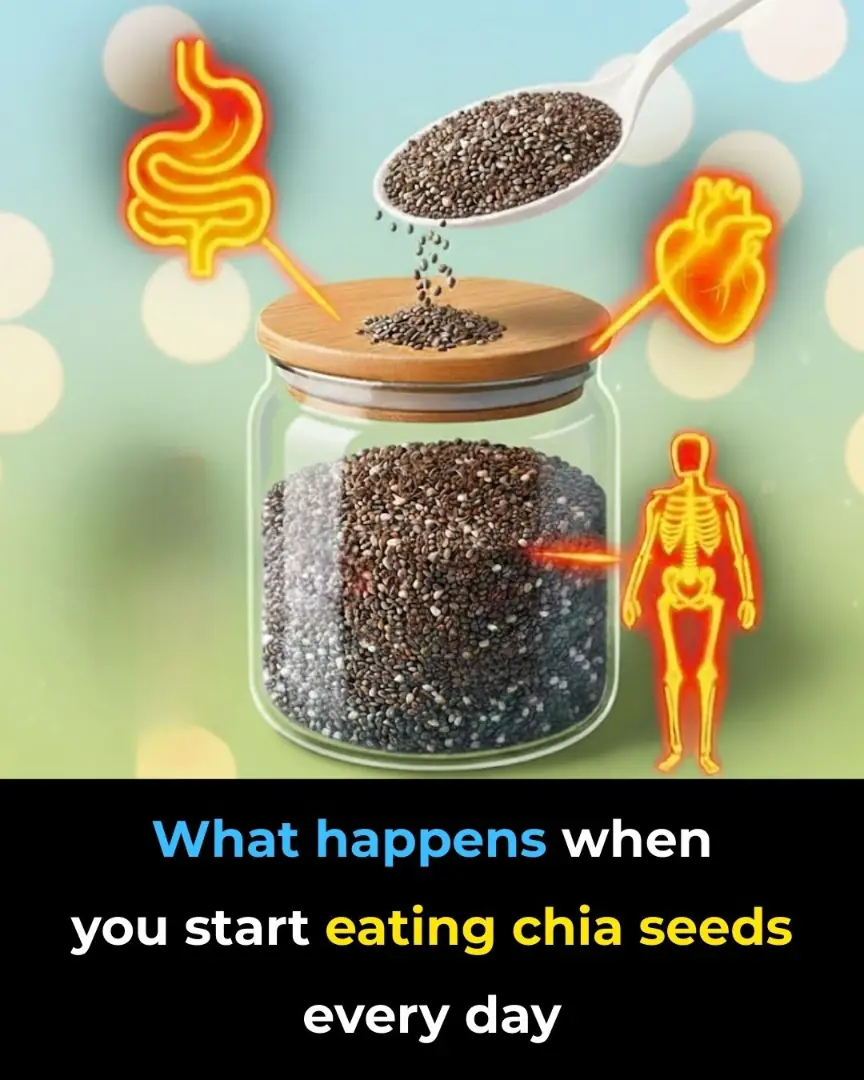
What happens when you start eating chia seeds every day

The Plant That Kills Cancer Cells, Stops Diabetes And Boosts Your Immune System!

How to treat nerve pain in the foot, toes & legs

Headache Above or Behind the Left Eye: Causes and Treatments

5 Deficiencies Almost Everyone Has (And Doesn’t Know About)

Eggs and Coffee: A Surprisingly Powerful Breakfast Combination
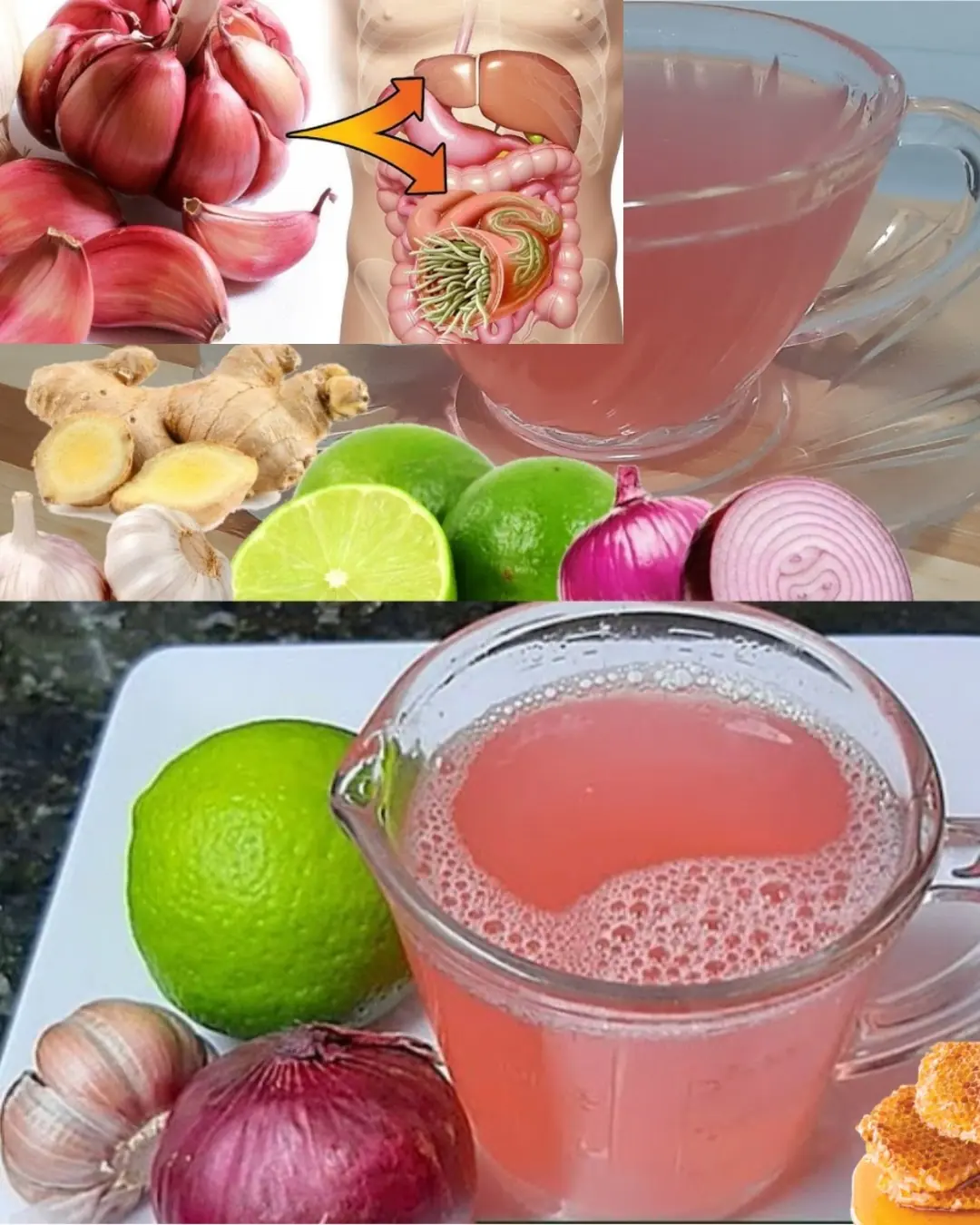
Boost Your Immune System Year-Round with Garlic, Onion, and Lemon

Fig Sap (Ficus carica): Uses, Benefits, and Safety Considerations
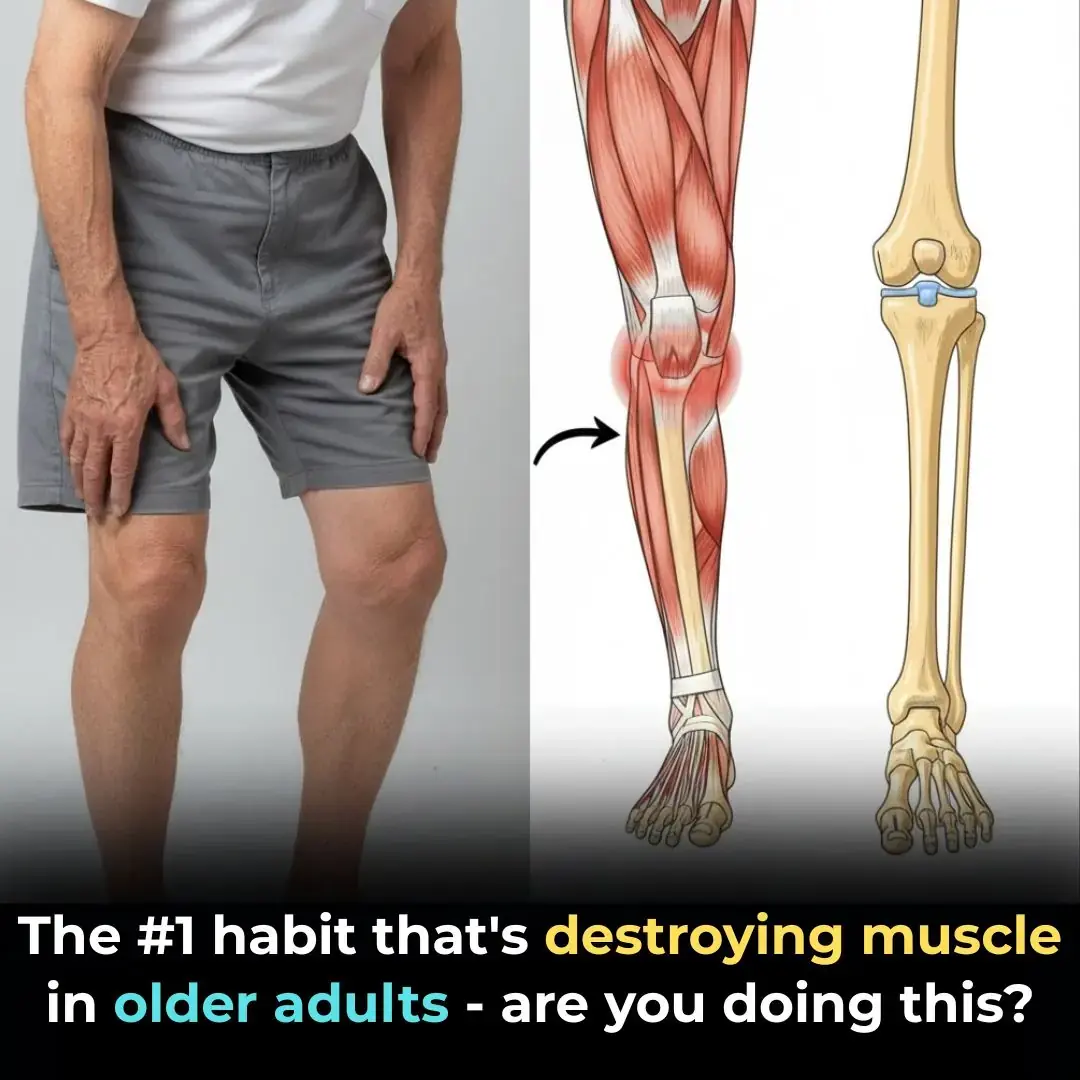
The #1 habit that’s destroying muscle in older adults—are you doing this?
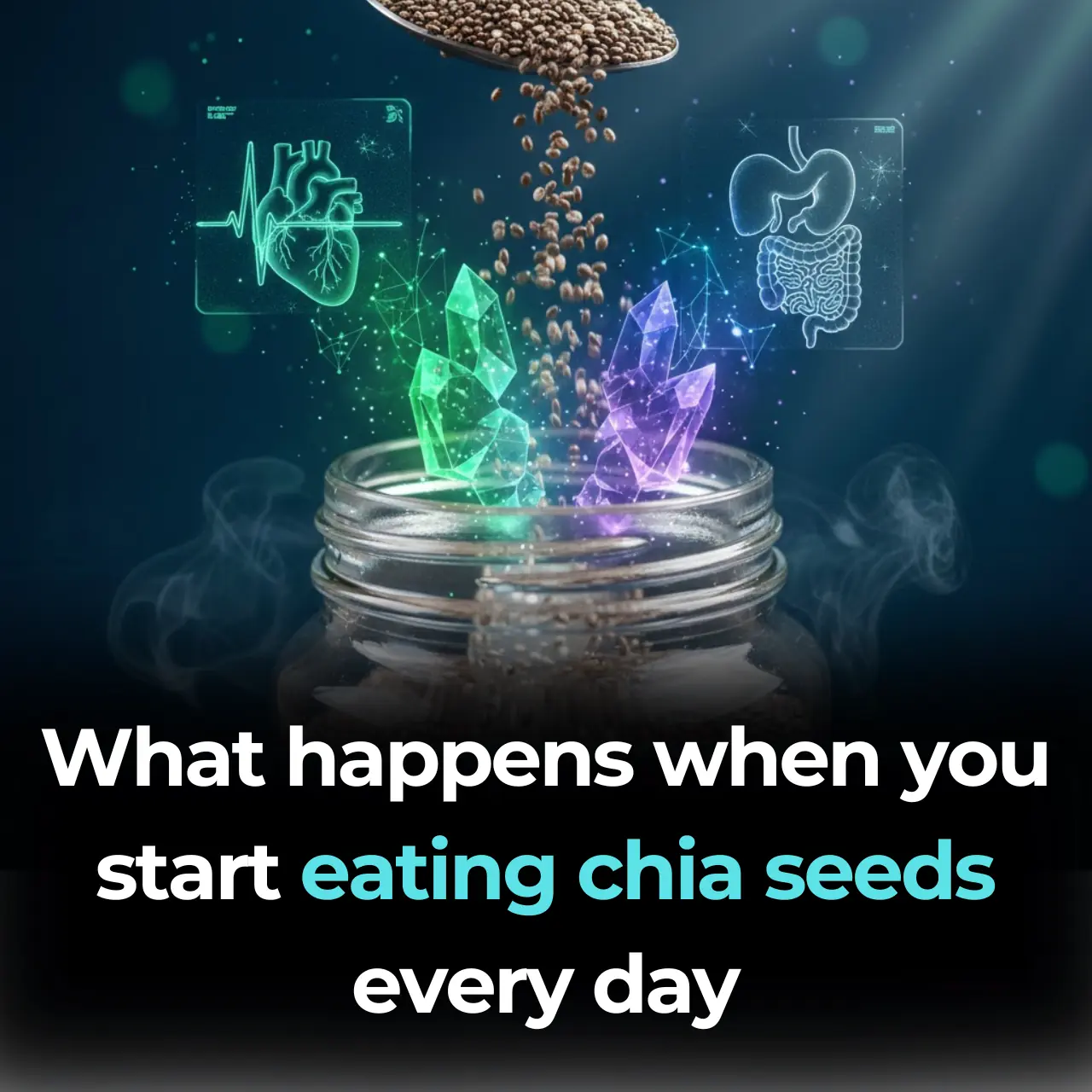
What happens when you start eating chia seeds every day

Why You Should Stop Using Petroleum Jelly On Your Skin (It’s a Byproduct of the Petroleum Manufacturing Process)

Scientifically Proven Health Benefits of Cayenne Pepper

Low levels of this key brain nutrient may be fueling your anxiety

A Nurse Who Has Witnessed The Final Moments Of More Than 300 People Has Revealed What She Has Learned From Being By Their Side
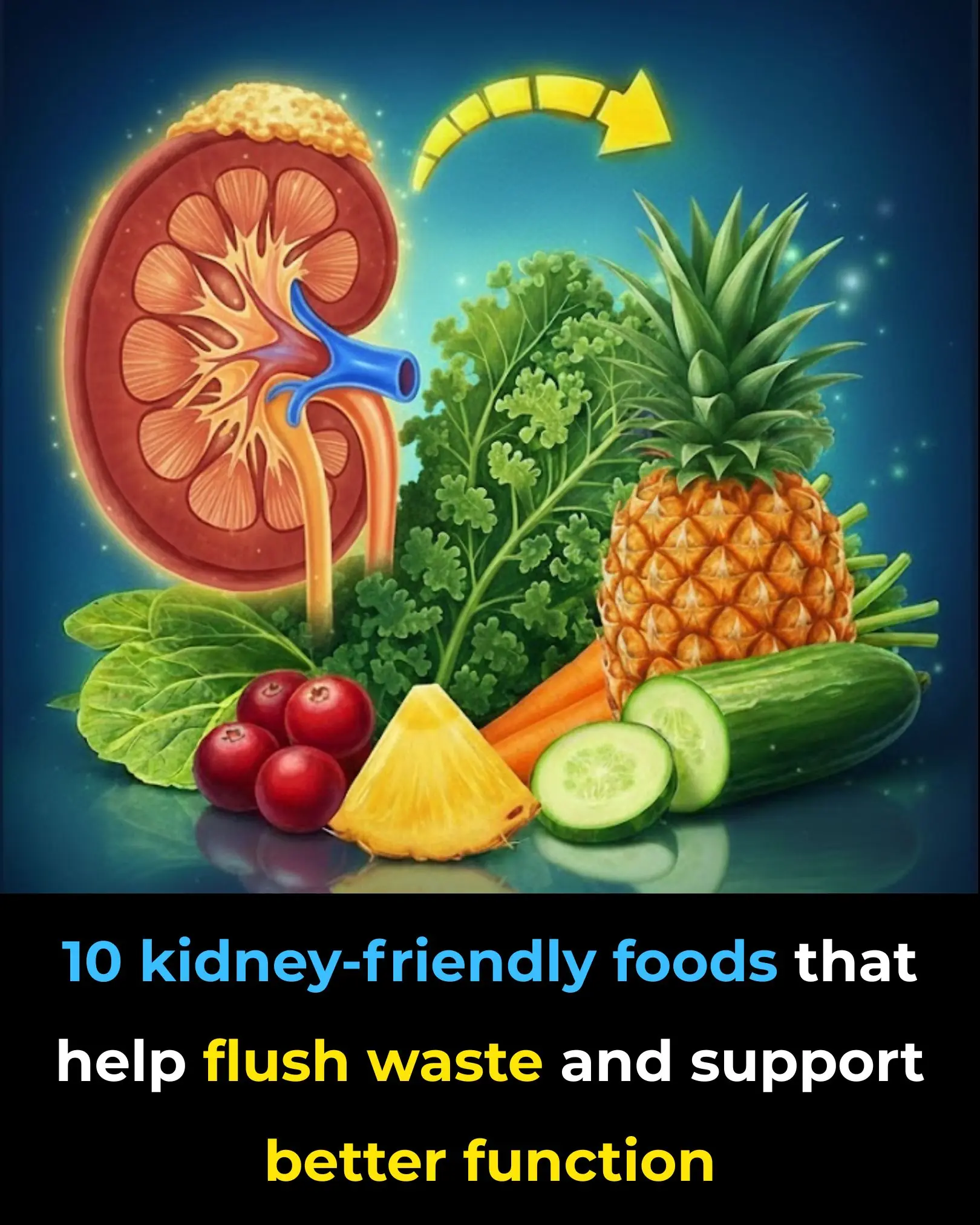
Absolutely BEST Foods to Detox Your Kidneys
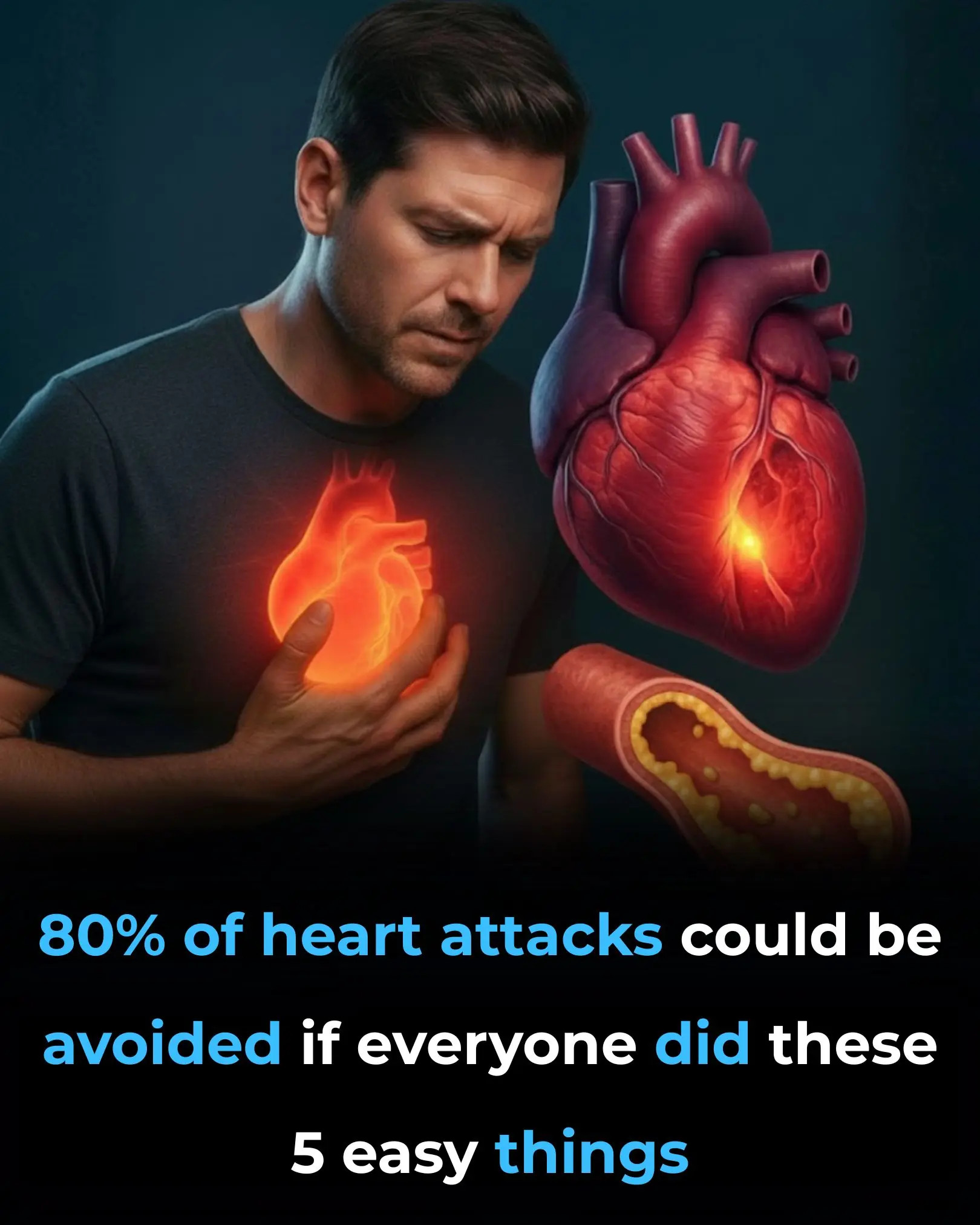
80% Of Heart Attacks Could Be Avoided If Everyone Did These 5 Easy Things
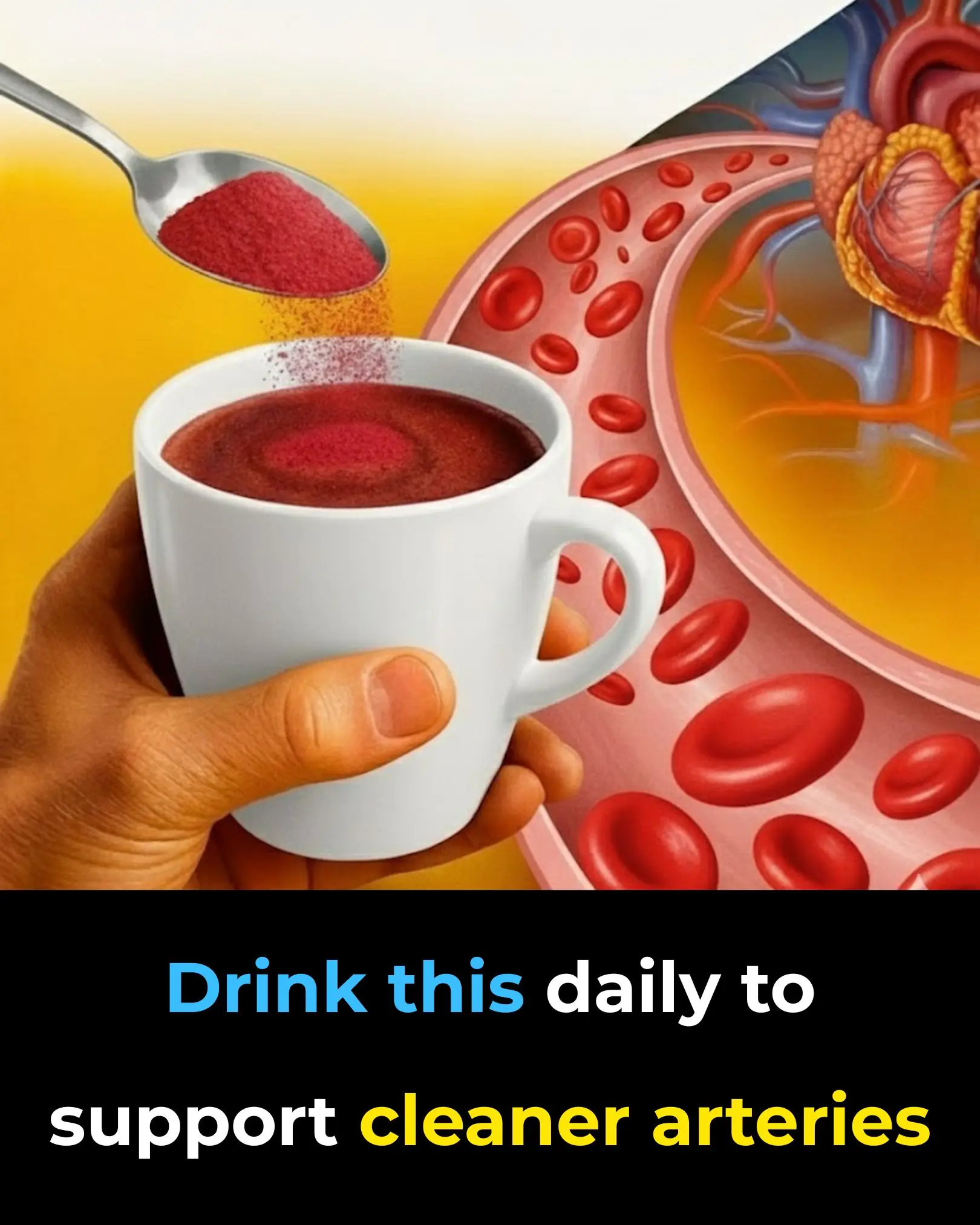
Drink this daily to support cleaner arteries
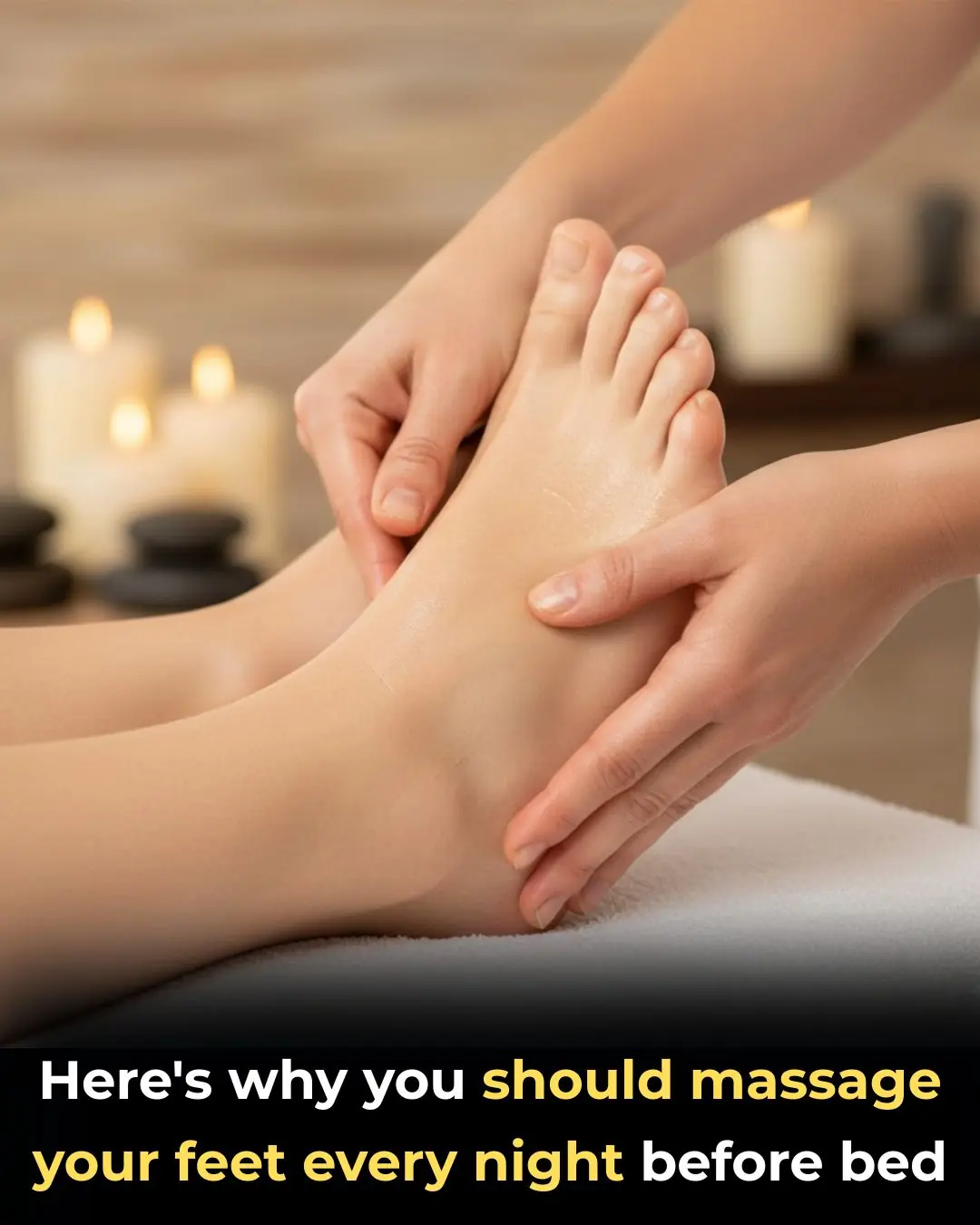
The Surprising Benefits of Foot Massages …More Than Just Relaxation
News Post

Doctor says this is the #1 supplement to take if you have arthritis

What happens when you start eating chia seeds every day

The Plant That Kills Cancer Cells, Stops Diabetes And Boosts Your Immune System!

How to treat nerve pain in the foot, toes & legs

Headache Above or Behind the Left Eye: Causes and Treatments

5 Deficiencies Almost Everyone Has (And Doesn’t Know About)

Eggs and Coffee: A Surprisingly Powerful Breakfast Combination

Boost Your Immune System Year-Round with Garlic, Onion, and Lemon

Fig Sap (Ficus carica): Uses, Benefits, and Safety Considerations

Billionaire Judy Faulkner, 82, Commits to Giving Away 99% of Her $7.8B Fortune

The Curious Story Behind "Ancient Lights" in UK Property Law

From Precarious to Prosperous: Denmark’s Approach to Entry-Level Jobs

California’s Solar-Canal Initiative: A Game-Changer for Clean Energy and Water Conservation

Nevada Teen Shows Extraordinary Love, Buys Mom a Chevrolet Metro

The Greenland Shark: A Creature That May Have Lived Through the 1600s

Steve Ballmer’s $170 Million Annual Commitment to Early Childhood Education in Washington State

Why Germany’s Animal Shelters Are Virtually “No‑Kill” — And How the Law Makes It So

Steven Pruitt and the Power of Volunteer Knowledge
